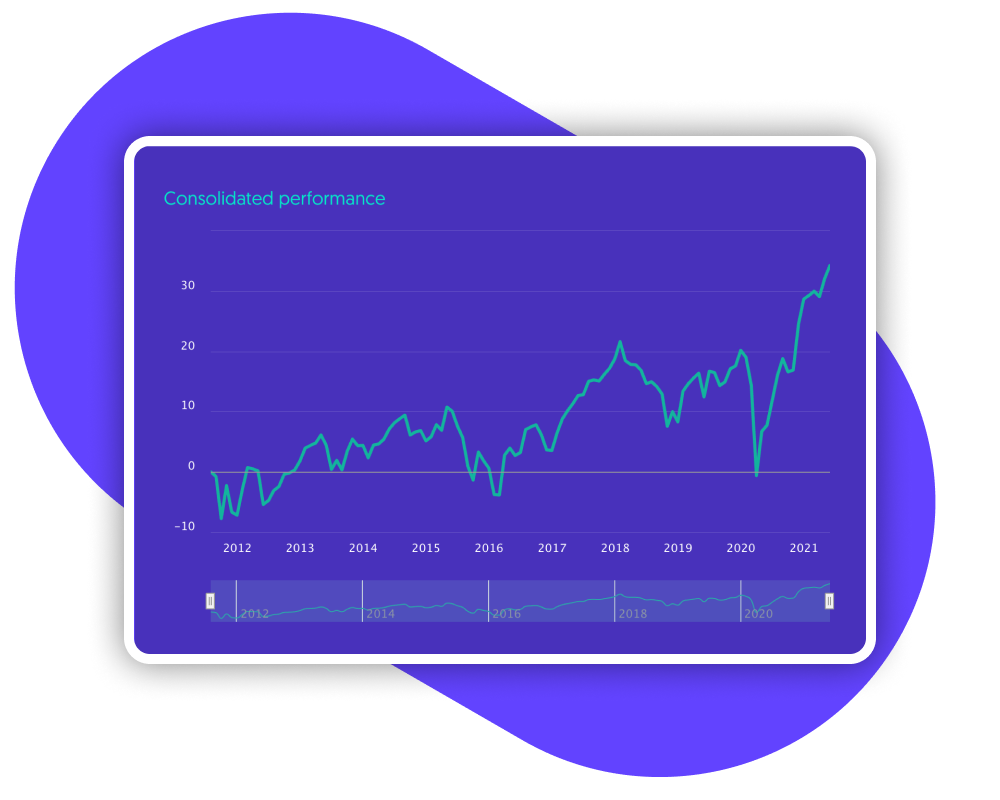How we deploy the Investor Value Chain model to design investor-first experiences

In a new book on Customer Experience, Thales Teixeira argues that disruption is not driven by technological innovation, rather by the deployment of innovation to business models. Key to this is customer-centricity: disruption is the result of splitting (“decoupling”) of hitherto bundled activities in the Customer Value Chain.
For example, digital Wealth Managers such as Scalable or Nutmeg, do not innovate per se. Instead, they claim market share by decoupling the digital client servicing activities (which creates customer value in the form of trust and convenience) from stock-picking (which can detract customer value, as it increases fees).
To help investment managers visualise opportunities - or pitfalls - in their customer journeys, we use an Investor Value Chain model. Always starting with the investor, we map out the chain of touchpoints and explore areas were decoupling can take place.
Start with the investor
In a customer-centric model, the value chain is different not just for each profile (HNWI, Retail, Professional, Institutional) or demographic, but also for each customer goal. An existing entrepreneur has different needs from an inheritance-beneficiary pensioner.

Example persona for a Wealth Management prospect
Map out the Value Chain
Having established your personas, the next step is to map out the value chain, from the perspective of the investor. A key activity is to identify the source of investor value, by adding the persona’s objective on each step in the chain.
Add touchpoints
To complete the analytical part of this process, we add the actual touchpoints that the customers uses to realise the value. These can be digital or physical, internal or external. Going into “design mode”, we can also add aspirational touchpoints and assess their effect to the existing ones.
Explore decoupling
With the Investor Value Chain complete, we can switch to a creative process. Using Design Thinking, we can identify areas where touchpoints can be decoupled, combined, promoted or demoted. Each suggestion needs to be tied to a measurable objective, such as an increase in conversions or referrals.
Next steps
This post describes our CX model in very broad terms. When we work with asset managers, we begin the project by identifying their specific personas, value chain and touchpoints. To cater for the specific appetite, we also push the decoupling exercise accordingly.
So whether you have a large transformation project, or just look to introduce iterative improvements, do get in touch and see how our CX model can help you design the best possible solution.

